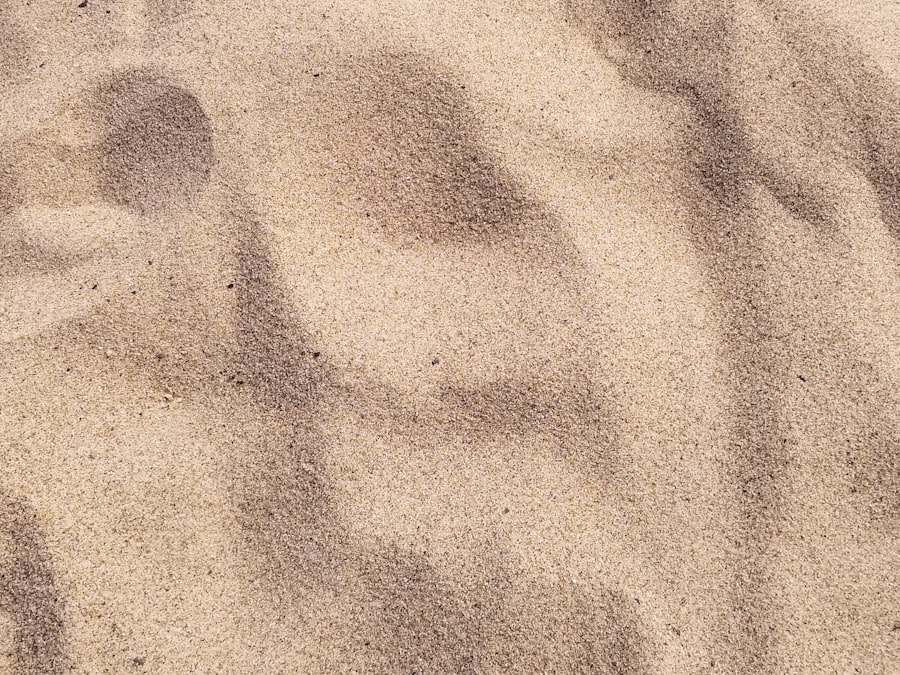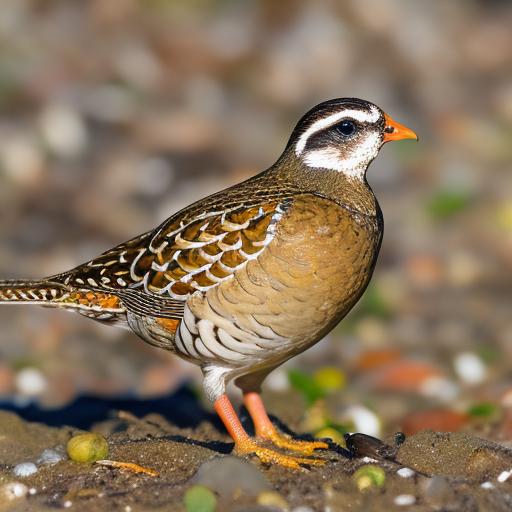Sand litter is a popular choice for quail bedding due to its many benefits. It provides a comfortable and natural environment for quail, mimicking their natural habitat. Sand litter also helps to control odor and moisture, making it a practical choice for quail owners. In this article, we will explore the benefits of using sand litter for quail, as well as how to set it up and maintain it properly. We will also discuss common mistakes to avoid, health and hygiene considerations, and tips for enhancing quail welfare on sand litter.
Key Takeaways
- Sand litter provides a natural and comfortable environment for quail, mimicking their natural habitat.
- Using sand litter for quail helps to control odor, reduce moisture, and prevent the spread of diseases.
- Setting up and maintaining sand litter for quail involves providing a suitable depth of sand, regular cleaning, and proper drainage.
- Common mistakes to avoid when using sand litter for quail include using the wrong type of sand, inadequate depth, and poor drainage.
- Health and hygiene considerations for quail on sand litter include monitoring for signs of respiratory issues, providing dust baths, and regular cleaning to prevent the buildup of harmful bacteria.
Benefits of Using Sand Litter for Quail
One of the main benefits of using sand litter for quail is its natural feel and comfort. Quail are ground-dwelling birds, and sand closely resembles their natural habitat. This can help reduce stress and encourage natural behaviors in quail. Sand litter also provides excellent drainage, which helps to control moisture and prevent the growth of harmful bacteria and fungi. This can lead to better overall health for the quail and reduce the risk of respiratory issues. Additionally, sand litter is easy to clean and maintain, making it a practical choice for quail owners. It can help control odor and reduce the frequency of bedding changes, saving time and effort in the long run.
Setting Up and Maintaining Sand Litter for Quail
When setting up sand litter for quail, it’s important to choose a fine-grained sand that is free of harmful chemicals or contaminants. The sand should be spread evenly across the floor of the quail enclosure to a depth of at least 2 inches. This will provide a comfortable and natural surface for the quail to walk on. It’s important to regularly rake or stir the sand to prevent compaction and ensure proper drainage. Additionally, soiled areas should be removed and replaced with fresh sand regularly to maintain cleanliness and hygiene. It’s also important to monitor the moisture levels in the sand and adjust as needed to prevent mold growth and maintain a healthy environment for the quail.
Another important aspect of maintaining sand litter for quail is providing adequate dust bathing areas. Quail naturally engage in dust bathing behavior to keep their feathers clean and free of parasites. Providing a designated area filled with fine sand or dusting powder will encourage this natural behavior and help keep the quail healthy and comfortable.
Common Mistakes to Avoid When Using Sand Litter for Quail
One common mistake when using sand litter for quail is using the wrong type of sand. Coarse or sharp-edged sand can cause discomfort and injury to the quail’s feet, so it’s important to choose a fine-grained sand that is safe for the birds. Another mistake is allowing the sand to become too compacted, which can hinder drainage and lead to moisture buildup. Regularly raking or stirring the sand can help prevent compaction and maintain proper drainage.
It’s also important to avoid allowing the sand litter to become too wet, as this can lead to mold growth and respiratory issues for the quail. Monitoring moisture levels and removing soiled areas regularly can help prevent this problem. Additionally, failing to provide adequate dust bathing areas can lead to poor hygiene and health issues for the quail. Providing a designated dust bathing area with fine sand or dusting powder is essential for maintaining quail welfare on sand litter.
Health and Hygiene Considerations for Quail on Sand Litter
Maintaining proper health and hygiene for quail on sand litter is essential for their overall well-being. Regularly removing soiled areas and replacing them with fresh sand is important for preventing the buildup of harmful bacteria and fungi. Monitoring moisture levels in the sand can also help prevent mold growth and respiratory issues in the quail. Providing adequate dust bathing areas is essential for keeping the quail clean and free of parasites, as well as encouraging natural behaviors.
It’s also important to monitor the quail for any signs of respiratory issues or discomfort related to the sand litter. If any issues arise, it may be necessary to adjust the type or depth of the sand, or make changes to the cleaning and maintenance routine. Regular veterinary check-ups can also help ensure the health and well-being of the quail on sand litter.
Tips for Enhancing Quail Welfare on Sand Litter

To enhance quail welfare on sand litter, it’s important to provide a comfortable and natural environment that meets their behavioral and physical needs. This includes providing ample space for dust bathing, as well as perches and hiding spots to encourage natural behaviors and reduce stress. It’s also important to monitor the quail regularly for any signs of discomfort or health issues related to the sand litter, and make adjustments as needed.
In addition, providing a balanced diet and access to clean water is essential for maintaining overall health and well-being in quail on sand litter. This can help support their immune system and reduce the risk of health issues related to their environment. Regular observation and interaction with the quail can also help ensure their welfare on sand litter, as it allows for early detection of any potential issues or changes in behavior.
Conclusion and Final Thoughts on Keeping Quail on Sand Litter
In conclusion, sand litter is a practical and beneficial choice for quail bedding, providing a comfortable and natural environment that supports their health and well-being. By choosing the right type of sand, maintaining proper hygiene, and providing adequate dust bathing areas, quail owners can create an ideal environment for their birds. Monitoring moisture levels, regularly cleaning soiled areas, and providing a balanced diet are essential for maintaining quail welfare on sand litter. Overall, with proper care and attention, sand litter can provide a comfortable and healthy environment for quail, supporting their natural behaviors and overall well-being.
If you’re considering keeping quail on sand litter, you may also be interested in learning about the best flooring options for chicken coops. Poultry Wizard has a helpful article on the topic, which discusses the advantages and disadvantages of using different types of flooring for chicken coops. You can read more about it here.
FAQs
What are the benefits of keeping quail on sand litter?
Keeping quail on sand litter can help to reduce the risk of disease and parasites, as well as providing a clean and comfortable environment for the birds. Sand litter also allows for easy cleaning and maintenance of the quail enclosure.
How should the sand litter be prepared for quail?
The sand litter should be clean, dry, and free from any contaminants. It should be spread evenly in the quail enclosure and kept at a suitable depth to allow for dust bathing and scratching behavior.
What type of sand is best for quail litter?
A fine, clean sand such as play sand or poultry sand is best for quail litter. Avoid using coarse or sharp sand that could potentially injure the quail’s feet.
How often should the sand litter be cleaned and replaced?
The sand litter should be cleaned regularly to remove droppings and debris. It is recommended to completely replace the sand litter every 3-6 months, or as needed to maintain cleanliness and hygiene in the quail enclosure.
Are there any potential drawbacks to keeping quail on sand litter?
While sand litter can provide many benefits for quail, it may also pose a risk of impaction if ingested in large quantities. It is important to monitor the quail’s behavior and health when using sand litter to ensure they are not consuming excessive amounts.
Meet Walter, the feathered-friend fanatic of Florida! Nestled in the sunshine state, Walter struts through life with his feathered companions, clucking his way to happiness. With a coop that’s fancier than a five-star hotel, he’s the Don Juan of the chicken world. When he’s not teaching his hens to do the cha-cha, you’ll find him in a heated debate with his prized rooster, Sir Clucks-a-Lot. Walter’s poultry passion is no yolk; he’s the sunny-side-up guy you never knew you needed in your flock of friends!







